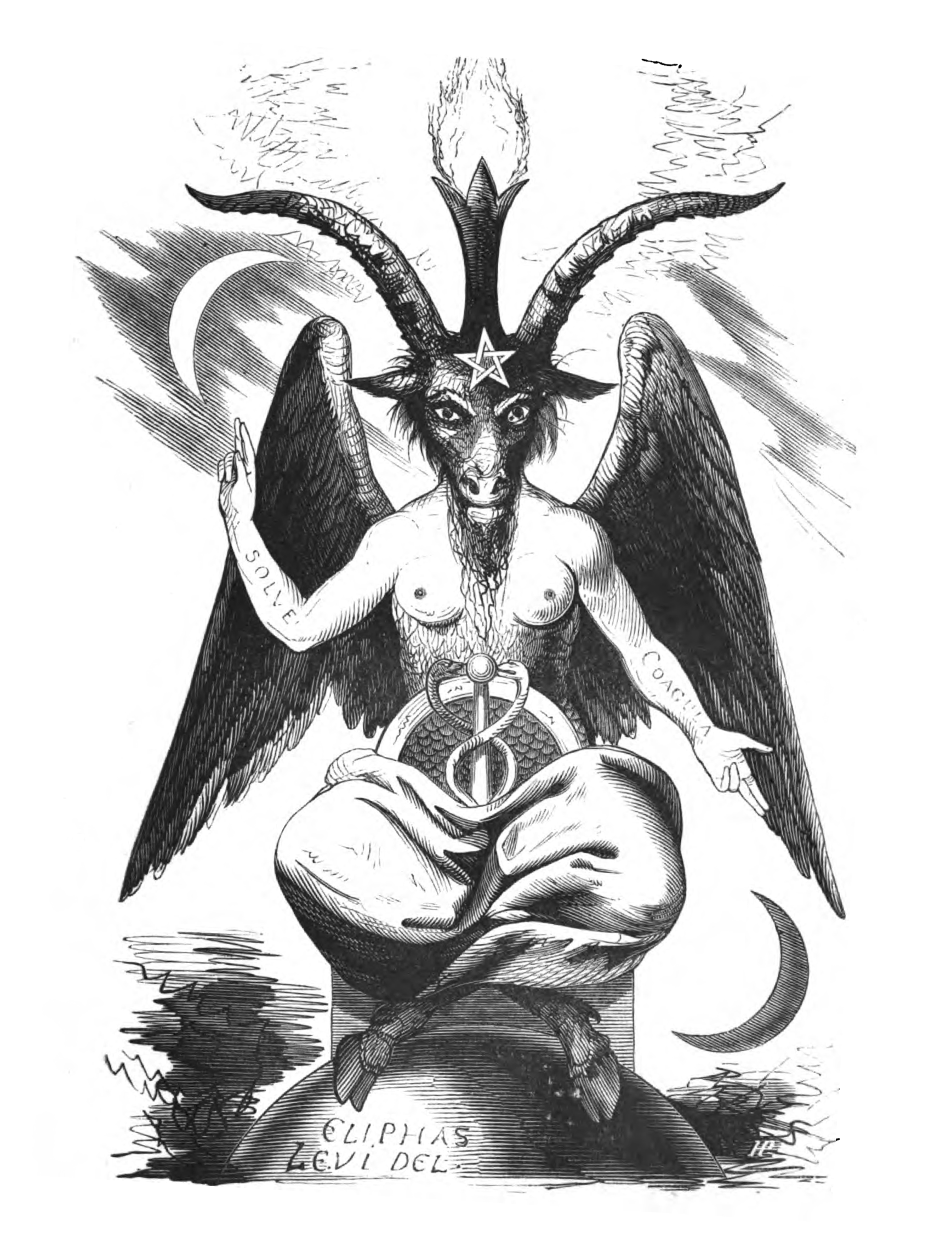I mentioned in the first satyr post that their reputations have suffered from the troublesome behavior of certain extreme elements within their ranks. People think that they are hedonists because of the Bacchante, or tricksters because of the Calicantsars. But the deepest, darkest suspicion people hold against satyrs is that they trade in dark magic. This is because of the Sabbat Satyrs.
Sabbat Satyr
Requirements: INT 13
Prime Requisite: INT
Hit Dice: 1d4
Max Level: 14
Prime Requisite: INT
Hit Dice: 1d4
Max Level: 14
Few
satyrs have the academic focus necessary to become spell casters, and even when
they do, many do not pursue it. This is because satyr magical talents
inevitably lean towards necromancy.
May
wield sickles, knives, and staves. May not wear armor.
Hit
Progression, Spell Progression, and Save as Magic User.
May
not use magic armor or divine scrolls.
Cannot
perform Dazzling Music as other satyrs.
Horns:
At Level 2, sabbats grow rams horns that get larger and more intricately curved
as they advance.
Countenance:
At fifth level, grand sabbats’ faces lose their resemblance to humans, becoming
increasingly goat-like as they advance.
Tail:
At sixth level, sabbats grow long, horse-like tails.
Coven:
At ninth level, sabbats will attract a coven of witches and mages. The covens
typically keep themselves secret, and cultivating power and influence over
their home region without revealing their existence.
1 Satyrisci Spells 0 1d4
2 Faun Seer Horns 1d2 2700 2d4
3 Caprinus Horns 1d4 5400 3d4
4 Scape Witch/Warlock Horns 1d6 10,800 4d4
5 Beast Countenance 21,000 5d4
6 Sabbat Tail 43,000 6d4
7 Grand Sabbat 86,000 7d4
8 Mendesileni 135,000 8d4
9 Pappomendes Coven 270,000 9d4
10 Baphometi Minimus 420,000 9d4+1
11 Baphometi Medius 570,000 9d4+2

Really dig the satyr classes, and this gives me an idea on how to integrate all the satyr classes into my campaign.
ReplyDeleteI'm glad to hear it! Let me know how they work out for you!
Delete